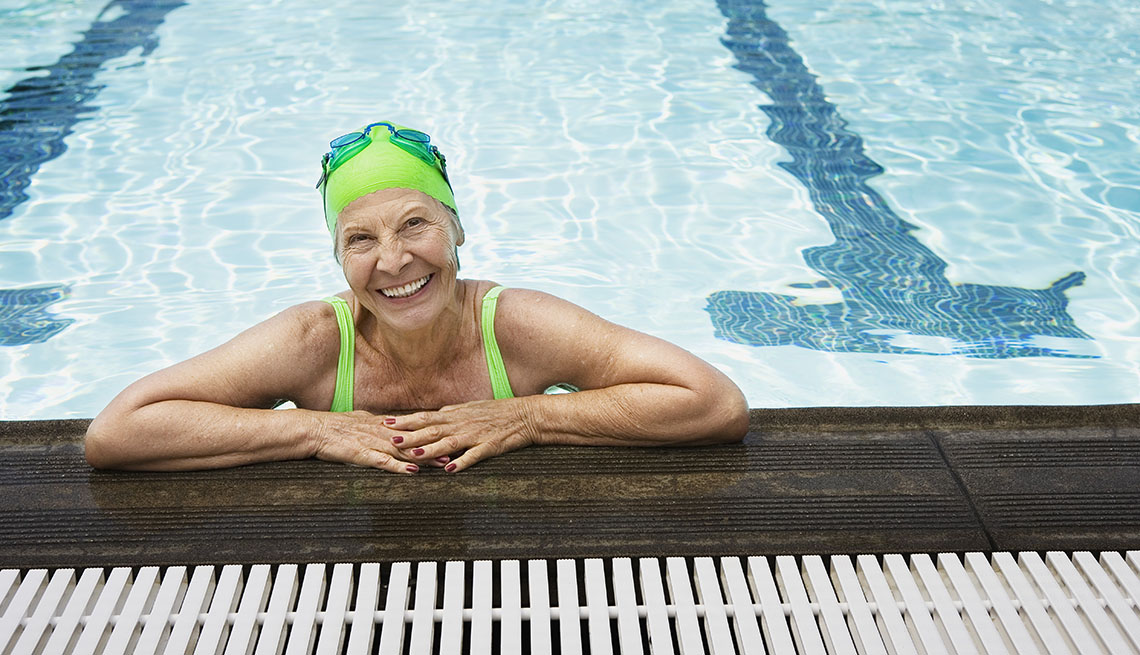AARP Hearing Center


Jupiter Images/Getty Images
Quiz: How Much Do You Know About Swimming and Its Benefits?
There are a surprising number of positives to this form of exercise
By
Michelle Crouch,
AARP
Published
July 07, 2021
9 Questions
b661aa8c-c873-495f-a426-49f79ab4f4ea
Quiz: How Much Do You Know About Swimming and Its Benefits?
0
100
0
Quiz Progress
0 Correct
0 Incorrect
NEED A HINT?
CLOSE HINT
CORRECT
INCORRECT
Answer:
Quiz: How Much Do You Know About Swimming and Its Benefits?
0 Correct
0 Incorrect
Score:
Oops...something went wrong. Please log out and log back in to continue.
Michelle Crouch is a contributing writer who has covered health and personal finance for some of the nation’s top consumer publications. Her work has appeared in Reader’s Digest, Real Simple, Prevention, The Washington Post and The New York Times.


ADVERTISEMENT


AARP Membership — $15 for your first year when you sign up for Automatic Renewal
Get instant access to members-only products and hundreds of discounts, a free second membership, and a subscription to AARP the Magazine.
More on health
ADVERTISEMENT


































































